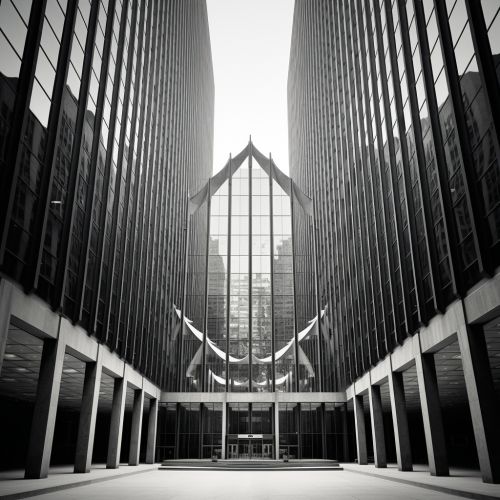Philip Johnson
Early Life
Philip Cortelyou Johnson was born on July 8, 1906, in Cleveland, Ohio. He was the son of Homer H. Johnson, a well-known lawyer, and Louise Pope. Johnson was descended from the Jansen family of New Amsterdam, and included among his ancestors the Huguenot Jacques Cortelyou, who laid out the first town plan of New Amsterdam for Peter StuyvesantPeter Stuyvesant.
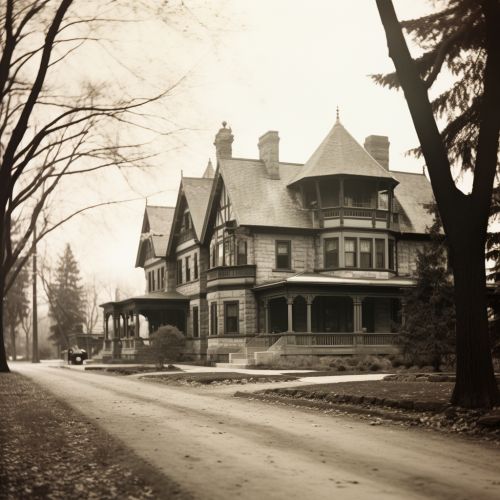
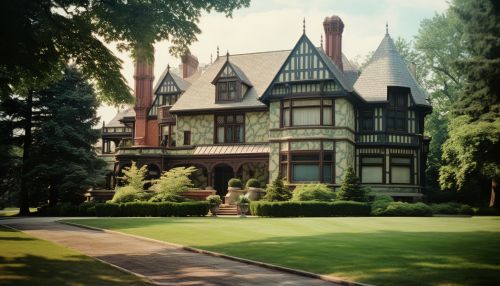
He attended the Hackley School, in Tarrytown, New York, and then studied as an undergraduate at Harvard University where he focused on history and philosophy, particularly the philosophy of Alfred North Whitehead. Johnson interrupted his education with several extended trips to Europe. These trips became the pivotal moments of his education; he visited Chartres, the Parthenon, and, most importantly, the Villa Savoye designed by Le Corbusier, and the Barcelona Pavilion by Mies van der Rohe.
Career
Johnson returned from Europe in 1930, eager to bring the International Style to America. His chance came when he was hired to create the Department of Architecture and Design at the Museum of Modern Art in New York. Johnson's department was the first of its kind in the country, and his exhibitions, including the notable 1932 show, "The International Style: Architecture Since 1922," introduced America to modernist architecture.
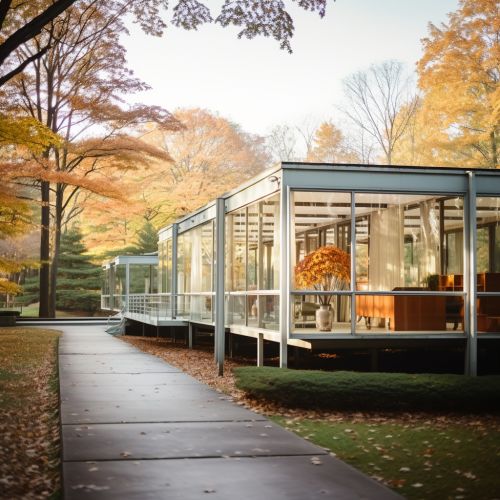
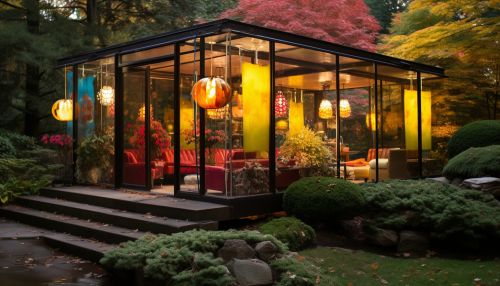
In 1941, Johnson designed and built his own residence, the Glass House in New Canaan, Connecticut. The house, which is now a National Historic Landmark, exemplified his principles of simplicity, transparency, and integration with nature. In addition to his own residence, Johnson's notable projects include the Seagram Building (in collaboration with Mies van der Rohe), the IDS Center, and the Pennzoil Place.
Johnson continued to work as an architect and curator into the early 21st century. He died on January 25, 2005, at his Glass House in New Canaan.
Legacy
Johnson's influence on architectural theory and practice was substantial. He championed the work of younger architects including Robert Venturi, Frank Gehry, and Peter Eisenman. He also continued to support and exhibit new architects through his role at MoMA. His architectural style has been described as modernist, postmodern, and deconstructivist. However, his later work and his writings suggest a deep understanding of the complexities and contradictions of architectural design, and a profound belief in the power of architecture to shape society and culture.
